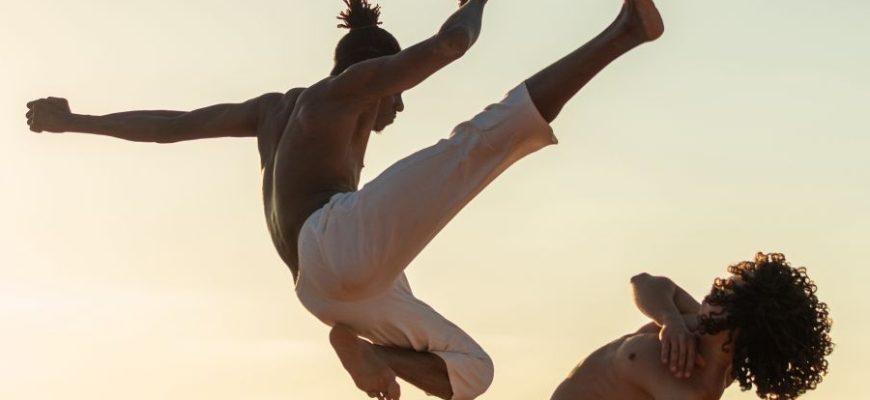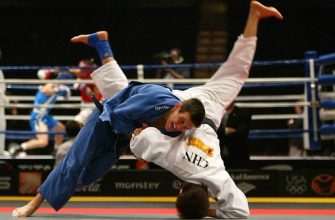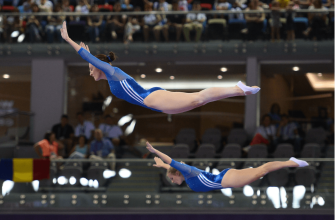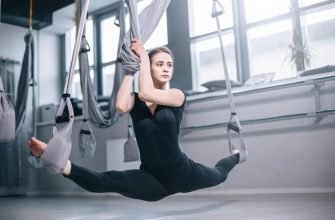1. History of Capoeira
Capoeira is a Brazilian martial art that combines elements of dance, acrobatics, and music. Its roots trace back to the 16th–17th centuries, when African slaves brought to Brazil by the Portuguese developed it as a form of resistance against their oppressors.
- Slavery Era: Slaves disguised combat movements as dance, accompanied by drums and other instruments.
- Ban and Persecution: After the abolition of slavery (1888), capoeira was outlawed as a “criminal art.”
- Legalization: In the 1930s, Mestre Bimba created “Capoeira Regional,” while Mestre Pastinha developed “Capoeira Angola,” helping to legitimize it.
- Modern Times: Since 2014, capoeira has been recognized as UNESCO Intangible Cultural Heritage.
2. Main Styles of Capoeira
| Style | Characteristics |
|---|---|
| Capoeira Angola | Slow, cunning movements close to the ground. Emphasis on tradition and rituals. |
| Capoeira Regional | Fast, dynamic kicks and acrobatics. Designed for effective combat. |
| Capoeira Contemporânea | A modern mix of Angola and Regional, incorporating elements from other martial arts. |
3. Pros and Cons of Capoeira
Pros:
- Develops flexibility, strength, and endurance.
- Enhances coordination and rhythm (thanks to music).
- A social art—playing in the roda (circle) teaches interaction.
- Suitable for all ages.
Cons:
- Risk of injury (especially with acrobatics).
- Some schools focus too much on performance rather than combat.
- Requires time to master complex movements.
4. Recommended Training Programs
- For Beginners: Basic moves (ginga, esquiva, au).
- For Advanced: Complex kicks (meia-lua de compasso, martelo), acrobatics (salto, macaco).
- Musical Aspect: Playing the berimbau, singing ladainhas.
Top Schools:
- Grupo Capoeira Brasil (mix of Angola and Regional).
- Abadá Capoeira (focus on athleticism).
- Cordão de Ouro (tradition + modernity).
5. Scientific Facts About Capoeira
Research Shows:
- Improves cardiovascular health (similar to HIIT workouts).
- Enhances brain neuroplasticity (complex coordination + music).
- Reduces stress levels (similar to yoga and dance).
6. Fun Facts
Capoeira is a game, not a fight. Participants “play” (Port. jogar), they don’t brawl.
global Reach: Today, capoeira is popular in the USA, Europe, Russia, and even Japan.
Capoeira in Movies: Featured in “Only the Strong” (1993), “The Mortal Instruments” (2013).
Final Thoughts
Capoeira is a unique blend of combat, dance, and philosophy. It strengthens the body and mind, teaches respect for tradition, and brings joy through movement. If you want more than just a sport—a culture—give capoeira a try!
Axé! (The energy of capoeira)







